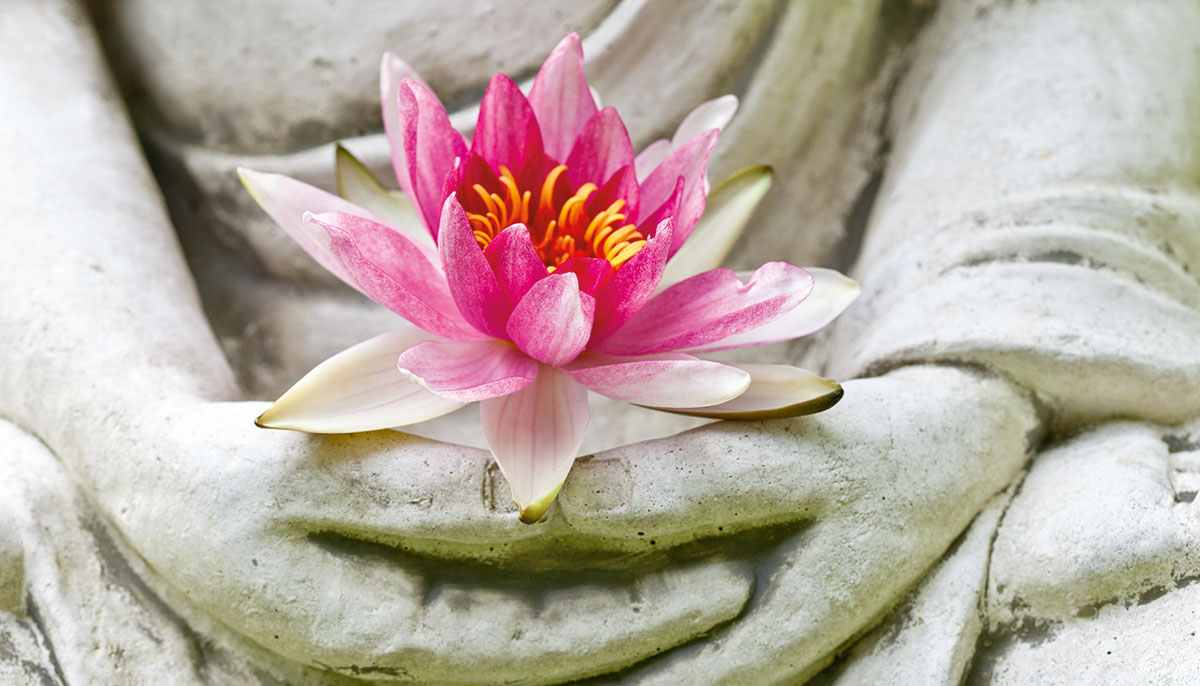Today we are more isolated than ever, and even more aware of our longing for connection and community. Many of us are reflecting on how much we value our human connections and how little we do to cultivate them, to express appreciation for others, and to feel grateful for what they do for us every day of our lives. We are realizing how much our existence depends on others.
Even as we long for more connection and feeling of community, we are locked into rituals and habits in which we encounter each other in our daily lives without really connecting. When we say, “Hello,” or even “How are you?” we do it as a routine, without meaning, and hope we simply get a similarly standard response. We rarely look into each other’s eyes. We feel and act as if we are too busy to stop, engage with, and get to know the people with whom we interact.
Sawubona generates a transformative experience of seeing and being seen.
Truly seeing others is a basic form of respect, as revealed in the word’s Latin origin, respicere, which means simply “to see clearly.” When we see, we respect. When we really see another, we see their humanity—our common humanity—and we sense our mutual vulnerability. When we really see people, we can no longer treat them indifferently or inhumanely. We see who they are and feel compassion. Real seeing brings light, and inspires and empowers both seer and seen.
To enable us to enhance our connections through gentle rituals, I started a practice of seeing others based on the Zulu word Sawubona, which is a common greeting in parts of South Africa. It means, “I see you,” and the response is, “I see you too,” or “I am here.” I practice this in my meetings with others in my work, at home, and in daily life.
When I teach, I ask people to move around the room acknowledging each person they encounter with the greeting, “I see you.” The other person responds, “I am here,” and then returns the greeting, “I see you,” receiving in turn the response, “I am here.” Eyes meet for a brief moment before parting and moving on to the next person.
Sawubona honors the mystery that we are here together in this moment. When people experience Sawubona as a group, they are astounded at their feelings of connection, which go quickly and dramatically beyond the boundaries they construct between themselves and others. They feel warmth generated inside them and in the atmosphere of the space. They feel seen—respected and valued. At the end, their faces hurt from smiling so much.
Words alone don’t solve deep-seated problems, but if in saying words we really open our hearts and see the other person, we will realize that, as one person observed after doing this practice, “There are no enemies.”
Words provide ritual for that to happen, but the key is what each of us is doing spiritually in that moment—being mindful, noticing others, acknowledging their existence, even without words. We can greet and treat people in a way that communicates the feeling of Sawubona, generating a mundane yet transformative experience of seeing and being seen. We bring ourselves into encounters with hearts open to the possibilities of what might happen.
Our need for connecting has never been greater. Sawubona consciousness leads to peaceful, nonviolent communication and can be done in formal or informal situations, with individuals or in groups. You can even do it at home, as a conscious ritual that can transform your family. When we are seen, we feel good—we know that we exist. So we know that it is good to do for others too. Let’s find Sawubona moments in life.

